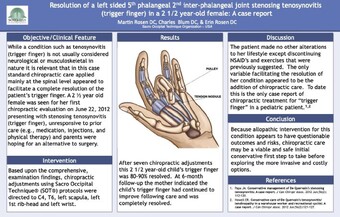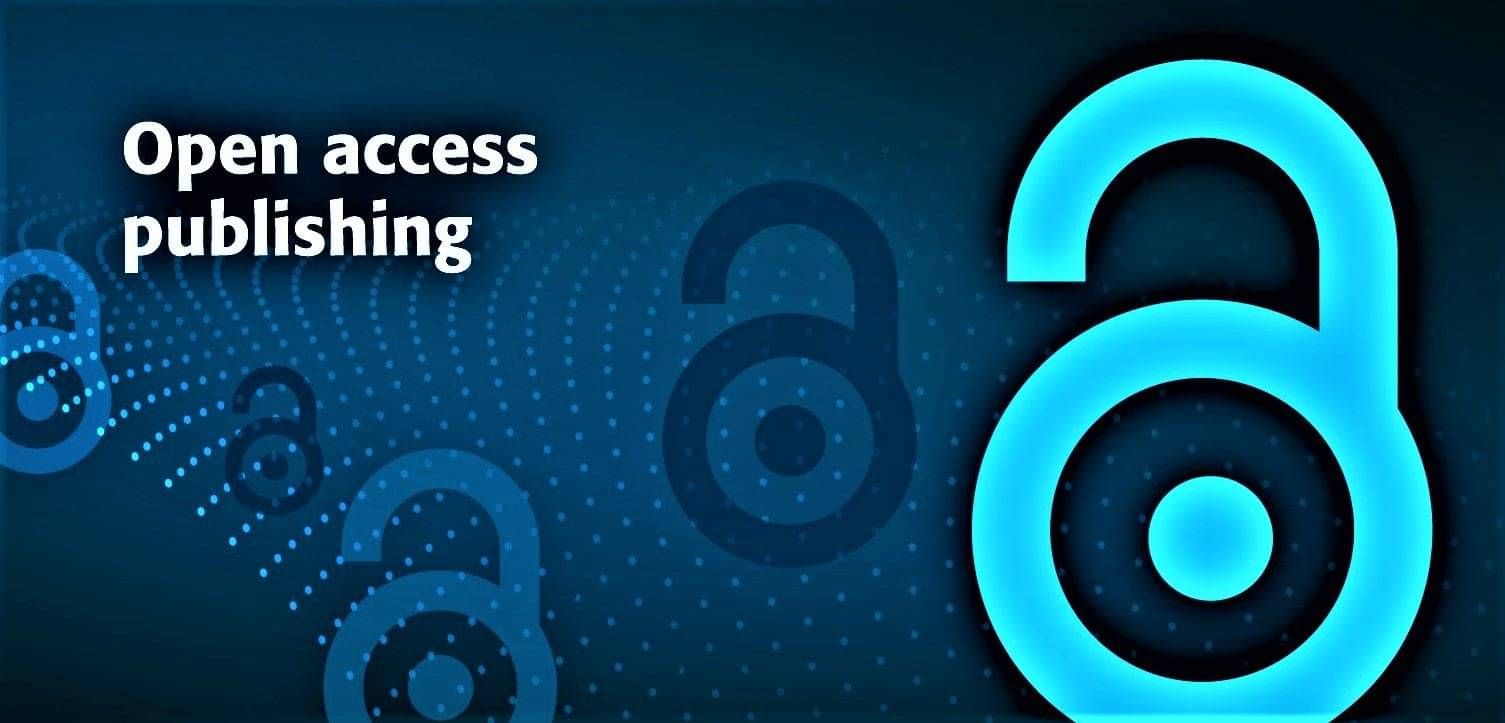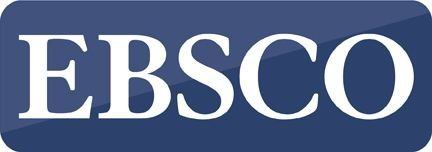apcj Issue 2.1 July 2021
Gratitude for chiropractic’s canaries in the coal-mine
Abstract: Our previous editorial (Ebrall, 2021) expressed concern with a report by Côté et al (2021). We were the first to call out this paper for what we saw it to be, an unashamed use of purported scientific method to set a self-serving political agenda. It is always nervous to make such a big call, especially against persons holding hallowed status in our profession, but today we see they have feet of clay and the Journal has been vindicated by not just one, but many canaries calling out their concerns.
Thankfully our profession’s canaries are highly reputable scientists, writers, and educators who represent the best of our contemporary thought.
In a nutshell, Côté et al undertook inquiry with questionable methods and with a good dose of spin, turned into into a ‘global summit’ meant to inform decision makers. Their conclusions were unfavourable to our profession, but of course, were also unfounded as many others now show.
This Journal does not have a preconceived political position in the world of chiropractic. We welcome submissions from all, and submit each without pre-judgement to our standard process of peer-review, where the author is blinded. When our reviewers consider a paper has merit and deserves to be published, we act.
We will not censor those on the list of complicit authors of the Côté paper and if any submission from any named author passes our peer-review, then it will be published.
Cite: Ebrall P. Gratitude for chiropractic’s canaries in the coal-mine. [Editorial]. Asia-Pac Chiropr J. 2021;2.1. URL https://apcj.net/editorial--ebrall-july-2021/
Related: Atlas of Healing - Dr Joe's Podcast with Dr Andrew Vincent
Watch Dr Joe Ierano talk with Dr Andrew Vincent about whether or not a 'Wilk Trial' could occur in Australia. The importance of this discussion relates to the paramount safety of chiropractic, especially with children, as based on the greatest-ever response by the public to an issue before the Victorian government. This should be viewed by all students as well as all practitioners who are yet to learn the importance of The Wilk Trial.
The Journal can not under-estimate the importance of these matters and the value of this interview. In the end, it boils down to heroes of the profession standing up and fighting for our freedom, and Dr Vince's wise guidance for us to 'pay it forward.'
Related: Chiropractic and Type O (Organic) Disorders: Historical Development and Current Thought
The Journal is pleased to reprint this paper with the permission of (the journal) Chiropractic History. First published in 2012 is is especially relevant today given the attack on our practices by Côté et al.
Dr Steve is active in researching and preserving our history through an American lens, and this paper offers a solid grounding as to the origins of Palmer's thinking and the medical milieu in which this developed.
We cite this paper as it was originally published: Troyanovich SJ, Troyanovich J. Chiropractic and Type O (organic) disorders: Historical development and current thought. Chiropr Hist. 2012 Summer;32(1):59-72.
You can become a member and receive your own copies of Chiropractic History by following this link
Preparing for the worst, hoping for the best and bracing for impact
'Much as a student must transition their practice to accommodate the most common conditions whilst not forgetting their essential education with regards to red flags; I hope that our organisation can progress towards being able to focus on a return to normal business, whilst not forgetting the lessons learned through the pandemic. This results in a ‘new normal’, one where we’ve learned the value of technology not only for its convenience, but for its accessibility - especially considering the global nature of WCCS. Furthermore, member engagement during these times has been challenging and through this experience the board has increased its awareness of what is most important to members and how this can most easily be provided. As always, the safety and satisfaction of our members remains a top priority.'
Cite: McLuckie A. Preparing for the worst, hoping for the best and bracing for impact: A narrative on parallels between chiropractic education and the WCCS pandemic response. Asia-Pac Chiropr J. 2021;2.1. https://www.apcj.net/wccs/#McLuckie
Two patients presenting with cervical spine disc replacement surgery with complications: Two case reports. [Cases Report]
Abstract: Objective/Clinical Features: Two patients presented at this office post-surgery for a cervical disc replacement and subsequent complications. A 30-year-old male presented at this office July-2016, 1½-years following C-5/6 disc replacement surgery for a ski-related injury with loss of sensation/function of his right 3rd-4th fingers. Three-months following surgery he felt fine but then noted significant pain in the right neck, scapula, and arm, and occasionally on the left.
A 52-year-old female who was suffering from significant neck pain, which radiated down her right arm to her second-third fingers with paresthesia and muscle weakness. Disc replacement surgery was performed April-2015 to the C5-C7 discs and initially her symptoms resolved and then returned with symptoms on the contralateral side. Both patients had concomitant TMJ related disorders.
Intervention/Outcomes: Patient were treated with prone SOT pelvic block placement (category-one), intraoral cranial adjustments, and co-treated with a dentist immediately following care to balance a lower occlusal splint. The 30-year-old male patient could hike and run for the first time in 3-years and the 52-year-old female patient had her VAS constant pain levels decreased from a 8-9/10 to 3/10, paresthesia significantly decreased with normal ranges-of-motion, and muscles strength had returned.
Conclusion: This case suggests a relationship between the patient’s TMJ disorder and cervical spine limited function and pain.
Indexing Terms: Chiropractic, cervical disc, surgery, sacro-occipital technique.
Cite: Bloink TE, Blum C. Two patients presenting with cervical spine disc replacement surgery with complications: Two case reports. [Cases Report]. Asia-Pac Chiropr J. 2021;2.1:Online only. URL www.apcj.net/papers-issue-2-1/#BloinkCxSurgery
The wide-angle lens: The post-pandemic research era
'The new orthodoxy boils down to a simple idea: The only legitimate concern of the chiropractic clinician is musculoskeletal pain; anything else is unscientific and not evidence-based’
Cite: Masarsky CS. The wide-angle lens: The post-pandemic research era. Asia-Pac Chiropr J. 2021;1.4. URL www.apcj.net/papers-issue-2-1/#MasasrskyLongHaulers
Improvement in Postural Sway measured by the Kinect One in three asymptomatic athletes undergoing a multi-modal program of chiropractic care: A case series
Abstract: The purpose of this study is to describe the improvements in postural sway measured by the Kinect One in three asymptomatic amateur athletes undergoing a multi-modal program of chiropractic care. An ice skater, a folkloric dancer, and a marathon runner presented themselves to a chiropractic office seeking care at different dates. They each received 12 visits of a multimodal program of chiropractic care and were evaluated pre and post with the Xbox Kinect One depth sensor with a postural sway protocol utilizing the software Medidor-One. Different improvements were observed in postural sway in all subjects, specifically: Patient A improved in all conditions and measurements except in sagittal sway and root mean squared of sway during the eyes closed on the mat condition; Patient B improved in all conditions and measurements; and Patient C improved in coronal sway during the eyes open floor condition, root mean squared of sway during the eyes open on the floor condition, coronal sway during the eyes open on mat condition, and all measurements during the eyes closed on mat condition. Other subjective improvements were also observed. The results from this case series show that a multi-modal program of chiropractic care can improve certain postural sway parameters in asymptomatic amateur athletes, denoting a potential sensory-motor improvement in the athletes. More research with a more robust design is necessary at this time to establish a cause-and-effect relationship between chiropractic care and postural sway improvement.
Indexing Terms: Biomechanics, chiropractic, vertebral subluxation, postural sway.
Cite: Osuna A, Pérez-Uñate A. Improvement in Postural Sway measured by the Kinect One in three asymptomatic athletes undergoing a multi-modal program of chiropractic care: A case series. Asia-Pac Chiropr J. 2021;2.1:Online only. URL www.apcj.net/papers-issue-2-1/#Osuna
Improvement in Craniovertebral Angle in a patient with anterior head posture using Advanced Biostructural Correction™: A Case Report
Abstract: This paper reports improvement in cranioverteral angle in a patient presenting with forward head posture using Advanced Biostructural Correction. Further research as noted is needed explore the health implications related to this.
What is new: Advanced Biostructural Correction™ is a technique used by chiropractors through North America, Europe, Southern Africa and Australasia but has not been described well in the literature. This case report begins to add to the body of real-world evidence that documents Chiropractic Techniques and their empirical effects as recorded practice.
Indexing Terms: chiropractic, Advanced Biostructural Correction, vertebral subluxation. technique.
Cite: Venning G, Vivier T, Doyle M. Improvement in Craniovertebral Angle in a patient with anterior head posture using Advanced Biostructural Correction™: A Case Report. Asia-Pac Chiropr J. 2021;2.1:Online only. URL www.apcj.net/papers-issue-2-1/#Venningetal
Exposition: Confirmation bias, chiropractic, and vaccines; Certitude with an emotional charge
'How we make decisions on questions of healthcare delivery and our own care, for years was presumed based on gathering all the valuable data, analyzing that data, and then coordinating an educated opinion. Ideally this opinion is at least determined by a combination of informal statistical analysis and conditional probability. However it appears that our decision-making may not be so simple as that.'
Cite: Blum C. Confirmation bias, chiropractic, and vaccines: Certitude with an emotional chargeAsia-Pac Chiropr J. 2021;2.1:Online only. URL https://apcj.net/papers-issue-2-1/#Blumexposition
Read also: Blum C. Chiropractic and the Immune System: Disentangling Context and Looking at the Big Picture. URL https://www.apcj.net/blum-immunity-philosophy/
Coughing, Croup & Bronchitis: A paediatric case study
Abstract: This female patient was aged 5 years at the time of this report and had a history of bronchitis, croup and coughing that began from 4 months of age. Coughing dramatically decreased with Chiropractic care through the years with this patient, to the point that no cough was reported for 3½ years, and the cough that did happen after that abated with one treatment. A combination of manual and non-manual adjustments, as well as cranial work, were used over time to reduce the vertebral subluxations.
The indexing term ‘croup’ returned 0 articles (30 June 2021) in the Index to Chiropractic Literature, indicating a need for more papers to be written on the chiropractic management of patients with croup.
Indexing Terms: cough, bronchitis, croup, plagiocephaly, subluxation, paediatric.
Cite: Stephenson R. Coughing, croup and bronchitis: A paediatric case report. Asia-Pac Chiropr J. 2021;2.1:Online only. URL www.apcj.net/papers-issue-2-1/#Stephensoncroup
Resolution of a left sided 5th phalangeal 2nd inter-phalangeal joint stenosing tenosynovitis (trigger finger) in a 2 1/2 year-old female: A case report.
Abstract: Introduction: While a condition such as stenosing tenosynovitis (trigger finger) is not usually considered neurological or musculoskeletal in nature it is relevant that in this case conventional chiropractic care applied mainly at the spinal level appeared to facilitate a complete resolution of the patient’s trigger finger.
Case: A 2½ year old female was seen for her first chiropractic evaluation on June 22, 2012 presenting with stenosing tenosynovitis (trigger finger), unresponsive to prior care (e.g., medication, injections, and physical therapy) and hoping for an alternative to surgery.
Methods: Based upon the examination findings and previous treatment history, chiropractic adjustments using sacro occipital technique (SOT) protocols were directed to C4, T6, left scapula, left 1st rib head and left wrist.
Results: After seven chiropractic adjustments this 2½ year-old child’s trigger finger was 80-90% resolved. At 6-month follow-up the mother indicated the child’s trigger finger had continued to improve following care and was completely resolved.
Conclusion: Because allopathic intervention for this condition appears to be have questionable outcomes and risks, chiropractic care may be a viable and safe initial step to take before exploring the more invasive and costly options.
Indexing Terms: Chiropractic, stenosing tenosynovitis, sacro-occipital technique, paediatric.
Cite: Rosen MG, Blum C. Resolution of a left sided 5th phalangeal 2nd inter-phalangeal joint stenosing tenosynovitis (trigger finger) in a 2½ year-old female. [Case Report]. Asia-Pac Chiropr J. 2021;2.1:Online only. URL www.apcj.net//papers-issue-2-1/#Rosentenosynovitis
Case Management of a female child with a 35 degree scoliosis and Two Hemi-vertebra: A Case Report
Abstract: Introduction: A 2-1/2 year-old female during a routine physical examination at age 6-months by her pediatrician was determined to have adolescent idiopathic scoliosis and two hemivertebra.
Methods: Ultrasound, x-rays, MRI, and Moire study(s) performed noted a 35° thoracic curve. Due to the progression of the scoliosis an orthopedic consult was made who suggested a surgical spinal fusion. Prior to surgery the patient was examined and treated at this office using specific sacro-occipital technique (SOT) and cranial protocols. The patient was put on a six-week intensive care program at 2 visits-per-week for the first 6-weeks.
Results: Six-weeks after her initial chiropractic adjustment the patient was re-examined by the orthopedic surgeon and the evaluation and follow-up Moire study revealed a significant reduction in the scoliosis. Surgery was postponed and the orthopedic surgeon directed follow-up Moire studies every six months for four years. Her last Moire study showed almost complete resolution of her scoliosis, kyphosis and lordosis.
Conclusion: During those periods of time when the medical physician is only monitoring the patient or preparing for possible surgical intervention, this would provide the optimal opportunity for a trial period of conservative chiropractic care.
Indexing Terms: Chiropractic, scoliosis, hemi-vertebrae, sacro-occipital technique, paediatric.
Cite: Rosen MG, Blum C. Management of a 2½ year old female with a 35º scoliosis and 2 hemi-vertebrae (Case Report). Asia-Pac Chiropr J. 2021;2.1:Online only. URL www.apcj.net//papers-issue-2-1/#Rosenscoliosis



